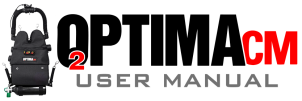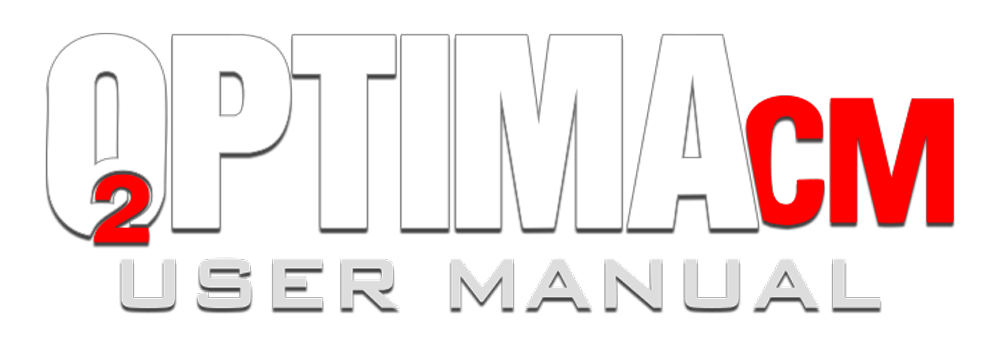The Optima CM is a fully electronics controlled rebreather (eCCR), but it is also capable of manual operation (mCCR). When using the Optima CM in eCCR mode, the controller is analyzing the oxygen sensor values in real time and determining when and how long to fire the oxygen injection solenoid in order to maintain the user adjustable PPO2 setpoint. When all systems are functioning properly, the diver will not have to manually add any gas to maintain a breathable loop.
It is important to keep in mind that the rebreather is only a machine. The controller is taking readings from the oxygen sensors, and making determinations based on those readings. If the values that the sensors are providing are not accurate, then the end result will not be accurate either. There are a variety of reasons that the oxygen sensor values may not accurately reflect the actual PPO2 of the gas in the breathing loop. Some of these reasons can be aging, damaged, or current limited sensors, wiring harness or electronics issues, water or other contamination on the face of the sensors, and improper breathing of the diver.
Because of this, it is up to the diver to monitor the HUD and controller, interpret the information provided, and take action if necessary. All of these issues and the correct responses to take will be covered by your instructor during class. The most important things to keep in mind are that the rebreather cannot think for you, and “when in doubt, bail out!”
The Optima CM can also be used manually. In this case the diver monitors the PPO2 readings on the HUD and controller, and manually injects oxygen into the breathing loop by pressing the manual addition valve on the exhalation counterlung. This gives the diver complete control over the PPO2 in the loop. There are several scenarios in which the diver might choose to use manual control such as a solenoid failure or partial electronics failure.
It is also possible to keep the Optima CM in eCCR mode, but lower the PPO2 setpoint, and then manually inject oxygen to maintain a higher setpoint. In this way the user is operating the unit manually with the electronics functioning as a sort of “parachute” in case the diver becomes distracted or is unable to manually add oxygen.
All of these scenarios and operation modes will be covered in your training class.
Dive Rite recommends diving the O2ptima CM with a PPO2 setpoint of between 0.7 and 1.2 depending on the dive. Diving at PPO2s higher than 1.2 can increase the risks of oxygen toxicity.

